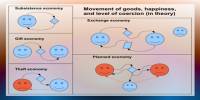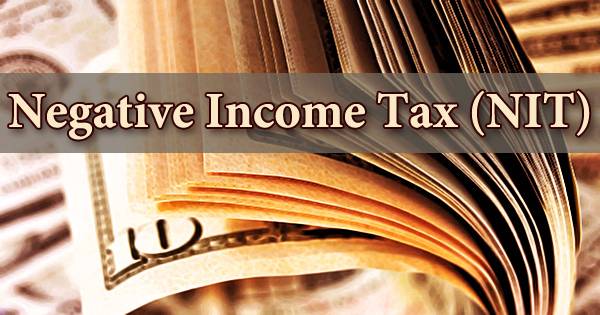In economics, a poverty cycle or poverty trap is generated by self-reinforcing mechanisms that cause poverty, once established, to endure unless outside action is provided. It refers to a self-perpetuating trend in which individuals and families remain impoverished for generations. It can last for generations and is referred to as a development trap when applied to emerging countries. It is a complicated phenomenon influenced by a number of interconnected aspects such as economic, social, and structural forces.
Here’s an overview of the key components of the cycle of poverty:
- Limited Economic Opportunities: Those born into poverty frequently lack access to a good education, career possibilities, and skill development. This limits their capacity to find stable and well-paying work, affecting their income and economic prospects.
- Low Income: Limited access to education and employment options might lead to low-wage or irregular work. Individuals and families with little money struggle to meet basic needs such as food, shelter, healthcare, and education for their children.
- Limited Access to Education: Due to reasons such as a lack of resources, insufficient schools, and the necessity for children to contribute to household income, poverty can limit access to quality education. Individuals have less options to break free from the cycle if they are not well educated.
- Healthcare Challenges: Poverty often leads to inadequate healthcare access and nutrition. This can result in health issues that hinder individuals’ ability to work and maintain stable employment. Inadequate healthcare can also lead to a cycle of medical debt and increased vulnerability to various diseases.
- Limited Social Capital: Poverty can isolate individuals and families from broader social networks that might provide support, mentorship, or access to resources. The lack of connections and networks can limit opportunities for personal and professional growth.
Families locked in the poverty cycle have few or no resources. There are numerous self-reinforcing drawbacks that make breaking the cycle nearly challenging. This happens when poor people lack the resources they need to get out of poverty, such as financial capital, education, or contacts. As a result of their poverty, impoverished people lack access to economic and social resources. This scarcity may exacerbate their poverty. This could imply that the poor remain impoverished for the rest of their life.
Breaking the cycle of poverty requires addressing these interconnected factors through a combination of policies, programs, and interventions. Some effective strategies include:
- Access to Quality Education: Ensuring equitable access to quality education can empower individuals with the skills and knowledge needed to secure better job opportunities.
- Employment and Skills Development: Creating job training programs and skill development initiatives can help individuals acquire the skills necessary for higher-paying and more stable employment.
- Healthcare Access: Improving healthcare access and affordability can address health-related barriers that often perpetuate poverty.
- Social Safety Nets: Establishing social safety nets, such as welfare programs, food assistance, and housing support, can help alleviate immediate financial stress.
- Affordable Housing: Creating affordable housing options and revitalizing neighborhoods can improve living conditions and offer families a better environment.
Breaking the cycle of poverty necessitates a multifaceted approach that addresses both the immediate obstacles encountered by poor people and the larger structural factors that perpetuate the cycle over time.
















